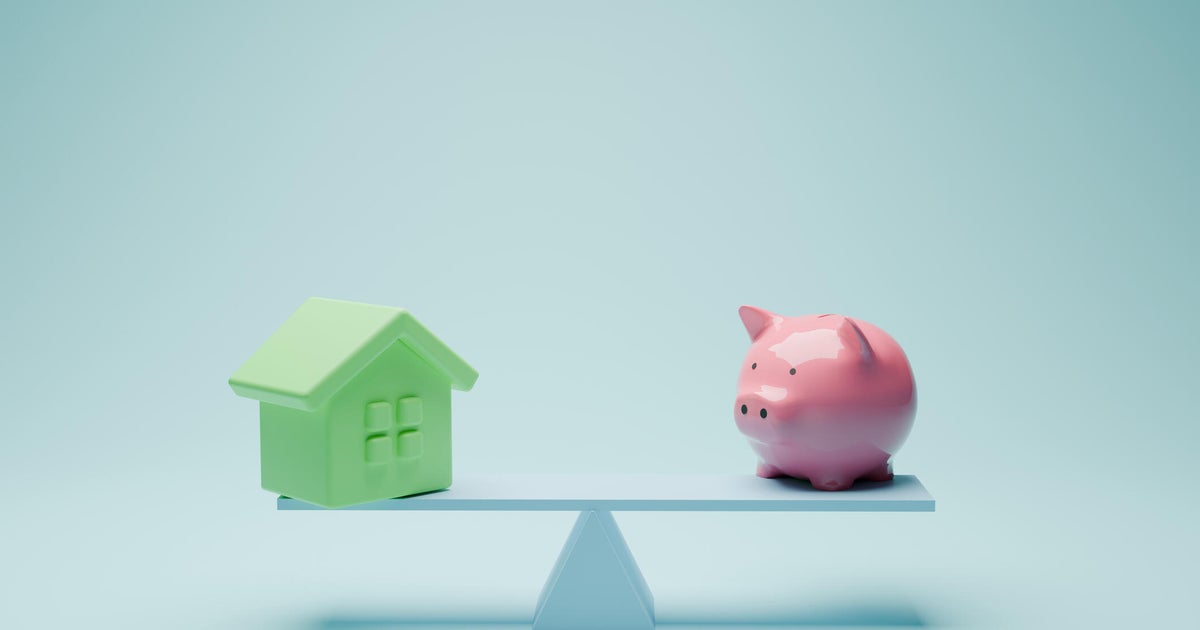3 easy ways to grow your savings
Savings are essential to your financial success. They can help you reach your goals, fund major expenses and give you something to fall back on in the event of job loss or other setbacks.
Yet the average American only has around $5,000 in savings. One medical emergency or home repair could easily wipe that out. Plus, experts recommend having at least three to six months' expenses in your emergency fund to cover daily living costs if you lose your job.
If you don't have any savings, the sooner you start, the better. It's simple, and you don't need a ton of money — every little bit helps. If you've already built up some savings, it's important to keep adding to it to ensure you have enough. In this article, we'll explore some easy ways to do this.
If you're ready to save more and earn more interest then start exploring your options here.
3 easy ways to grow your savings
There are plenty of easy ways to grow your savings. Here are three to pursue now.
A high-yield savings account
A savings account is a financial product everyone should have. It's an easy place to build an emergency fund and set money aside for a short-term savings goal such as a vacation, wedding or new car. You can access the funds in your account anytime without incurring fees (as long as you keep in mind any minimum monthly withdrawal limit).
Regular savings accounts are an option, but under most circumstances, a high-yield savings account is far and away the better choice. As their name implies, these accounts offer a higher interest rate than regular savings accounts — often significantly higher.
The average interest rate for regular savings accounts is currently around 0.23%. Contrast that with high-interest savings account rates, which are around 3.5% to 4.5% (or higher). Savings rates fluctuate based on the federal funds rate, but high-yield account rates are reliably better than regular account rates. So, unless in-person customer service is essential to you (many high-yield accounts are offered by online banks), going with a high-yield account is a no-brainer.
To open a high-yield savings account, shop around and compare lenders. You can check out current savings rates here to get started.
A certificate of deposit (CD)
Like a high-yield savings account, a certificate of deposit also offers interest rates of around 3.5% to 4.5%. Unlike a high-yield savings account, a CD locks you into a specific term (typically between three months and five years). If you need to withdraw funds before the term ends, you'll incur fees.
Your interest rate is set when you open a CD, so you won't earn more interest if the federal funds rate goes up. That said, a CD can be a good way to ensure you aren't tempted to dip into your savings for unnecessary expenses.
Check out today's CD interest rates to see how much you could be earning.
Automated investing with Acorns
If you have trouble remembering to contribute to your savings — or you just want one less to-do on your list — Acorns is a great set-it-and-forget-it option. Acorns enables you to invest your spare change with its "Round-Ups" feature.
Simply link your bank account to Acorns or use the Acorns Debit Card, and any purchase you make is rounded up to the next dollar, with the difference invested in your Acorns account. You can also earn bonus investments by shopping with Acorns' partner brands.
Because Round-Ups investments are small, they're an easy way to build your savings if you don't have a ton of money to spare (or if you'd like to supplement your other savings contributions).
Learn more about investing with Acorns here.
The bottom line
You can choose one or all of the above options to build and grow your savings. The key thing is just getting started. No matter how much you can afford to put aside right now, your future self will thank you for doing it.
To grow your savings account balance, compare your options here.






